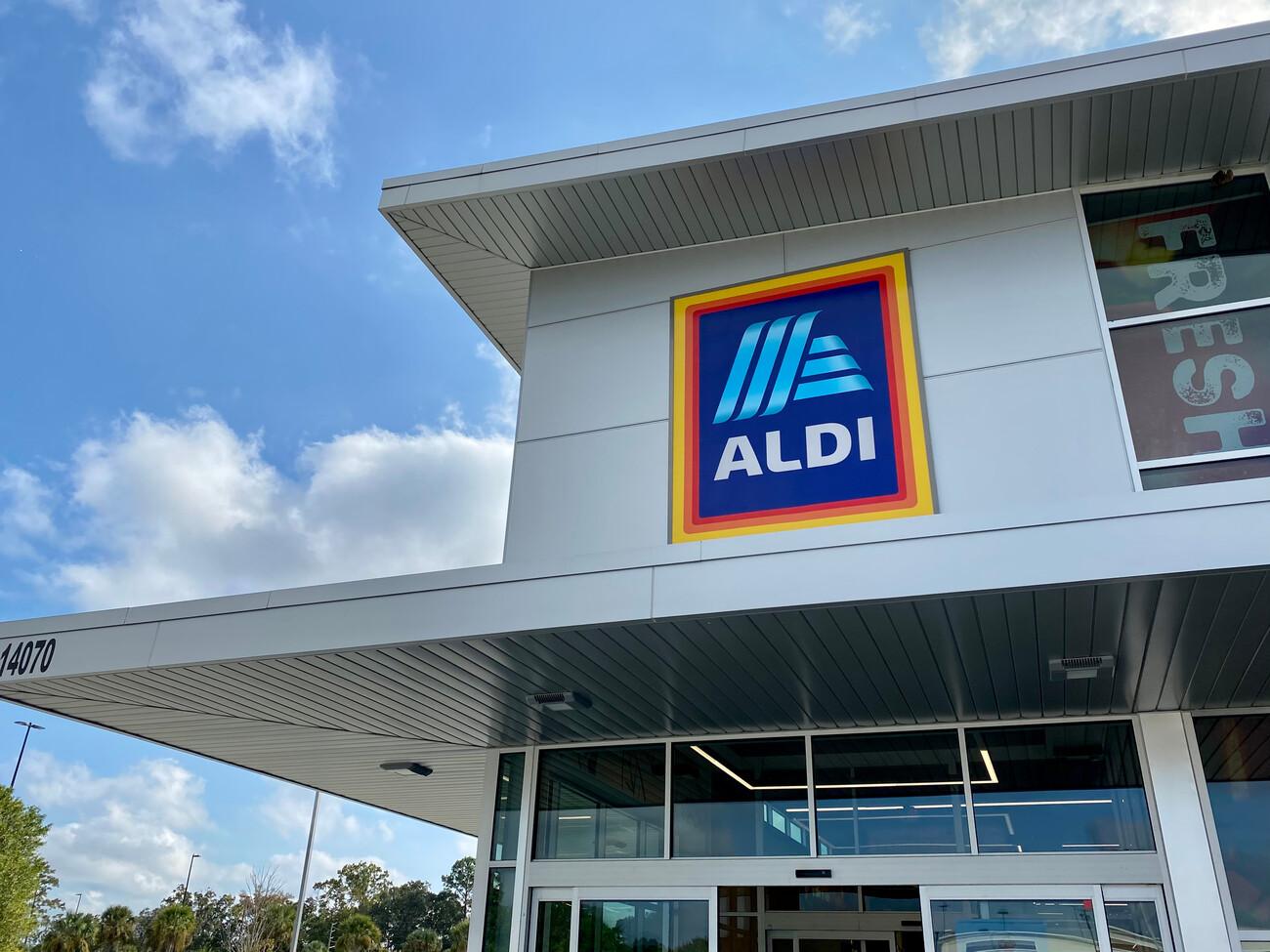Behind the Continued Success of ALDI and Lidl
ALDI and Lidl have seen immense success in recent years thanks to their low prices, private labels, unique merchandising strategies and loyal customer bases. While the grocers serve different audiences, a deeper look into their foot traffic and value propositions reveals why their concepts and focus on discounts keep customers coming back.
According to new research from Placer.ai, visits to both ALDI and Lidl have continued to grow year-over-year. Monthly visits to ALDI in February were up 28.5% year-over-year, while Lidl’s year-over-year foot traffic growth for the month was slightly lower at 8.6%.
As for visitors, the median household income in ALDI’s trade area was slightly lower than the nationwide median. The median household income of Lidl’s customer base, on the other hand, was $88,100 per year, indicating that the retailer’s stores are located in more affluent areas.
“Diving into the psychographic data for ALDI and Lidl adds another dimension to the trends revealed by the demographic data,” wrote Placer.ai’s Bracha Arnold in a company blog post. “While both brands are popular among suburban audiences – ALDI tends to attract a more blue-collar customer, while Lidl is frequented by a wealthier suburban segment.”
Both ALDI and Lidl are in growth mode, and Placer.ai notes that the companies’ strategies are seemingly geared toward expanding outside each chain’s respective orbit. For example, Lidl has been opening stores in big cities along the East Coast, including New York City, while ALDI is taking a very different tact.
Indeed, ALDI recently shared incredibly ambitious growth plans as it expands its footprint across the United States. The grocer says it will open 800 new stores by the end of 2028, which will encompass both organic growth and store conversions following the recently announced successful completion of its Southeastern Grocers acquisition.
The acquisition of Southeastern Grocers and its Winn-Dixie and Harveys Supermarket banners is expected to drive significant growth in the Southeast over the next few years. Beginning this summer, ALDI will begin a phased approach to converting stores, and anticipates that approximately 50 locations will begin the conversion process during the second half of this year.
For its part, Lidl US CEO Joel Rampoldt recently told Progressive Grocer that he believes the limited-assortment discount grocer has "tremendous potential" to expand in the United States, and that the company is ready to unveil an experience more tailored to the U.S. consumer.
With more than 2,300 stores in 38 states, Batavia, Ill.-based ALDI U.S. is No. 26 on The PG 100, Progressive Grocer’s 2023 list of the top food and consumables retailers in North America. PG also named it Retailer of the Year for 2023. Neckarsulm, Germany-based Lidl operates more than 12,000 stores and is active in 32 countries. In the United States, the grocer has more than 170 stores across nine east coast states and Washington, D.C. Arlington, Va.-based Lidl US is No. 91 on The PG 100.







